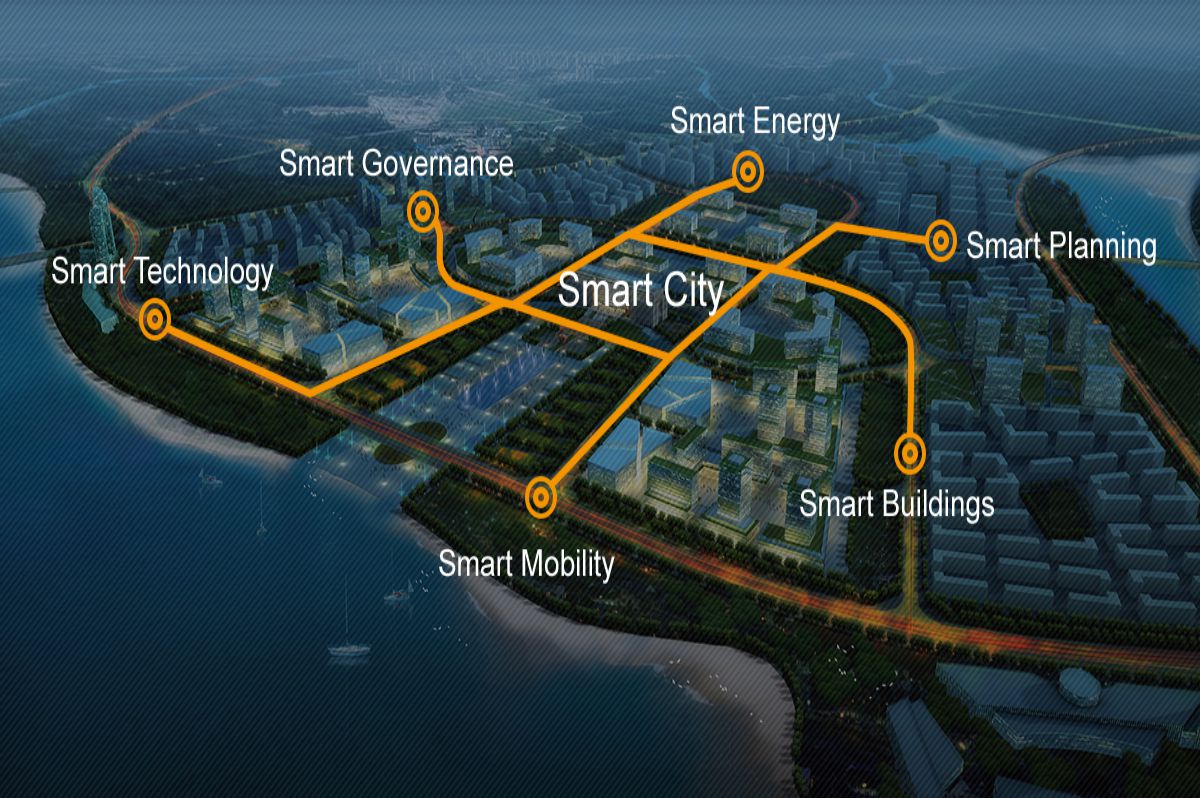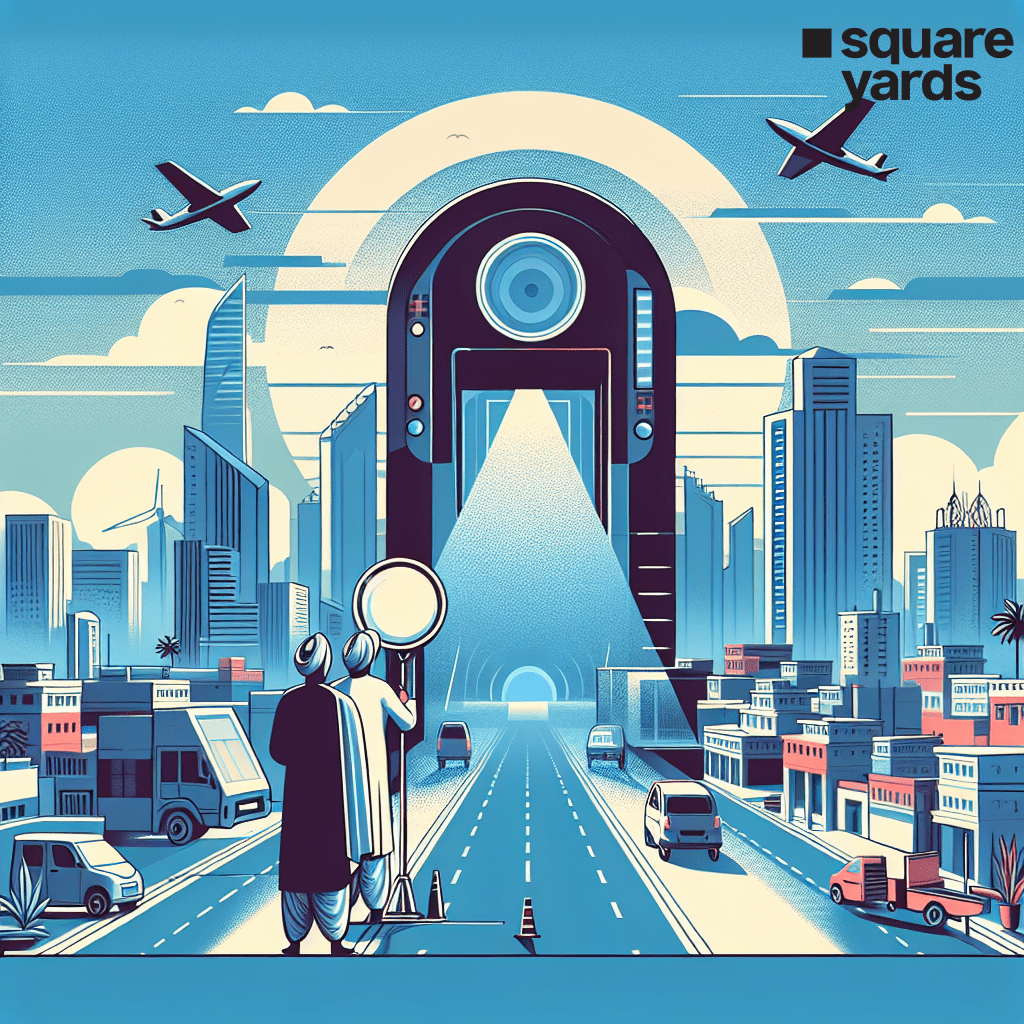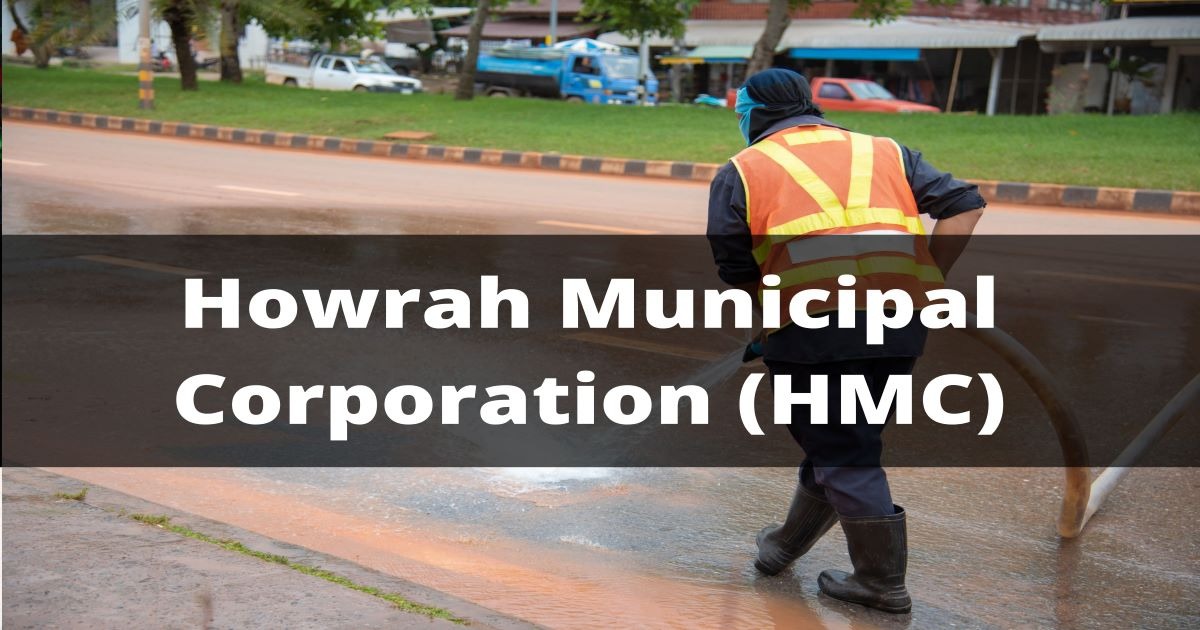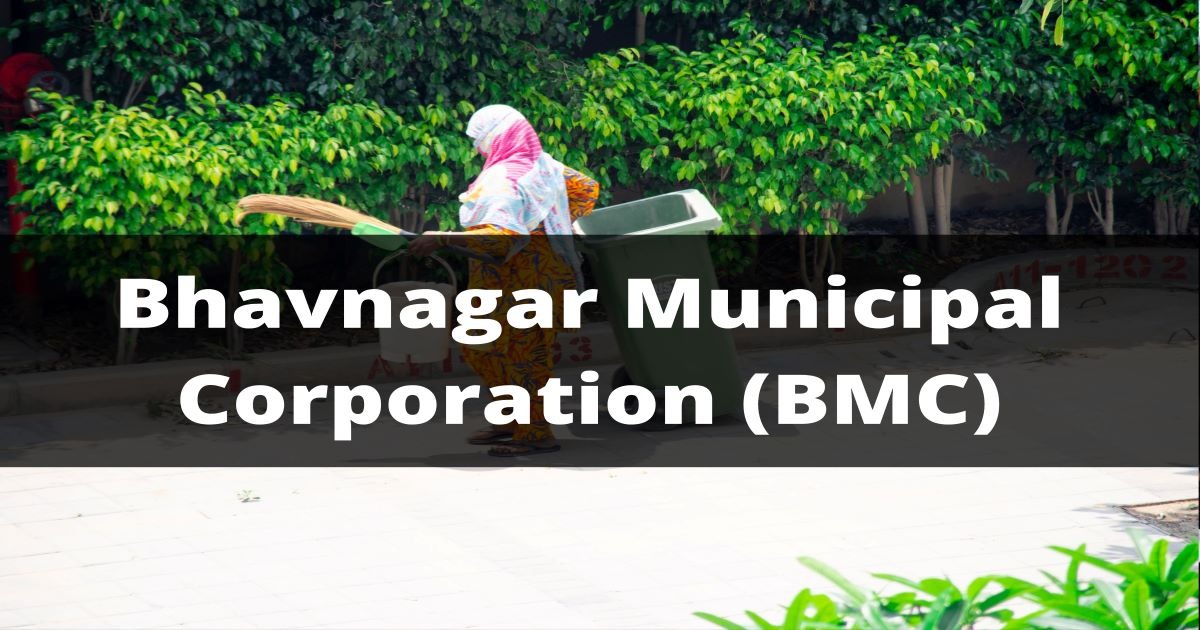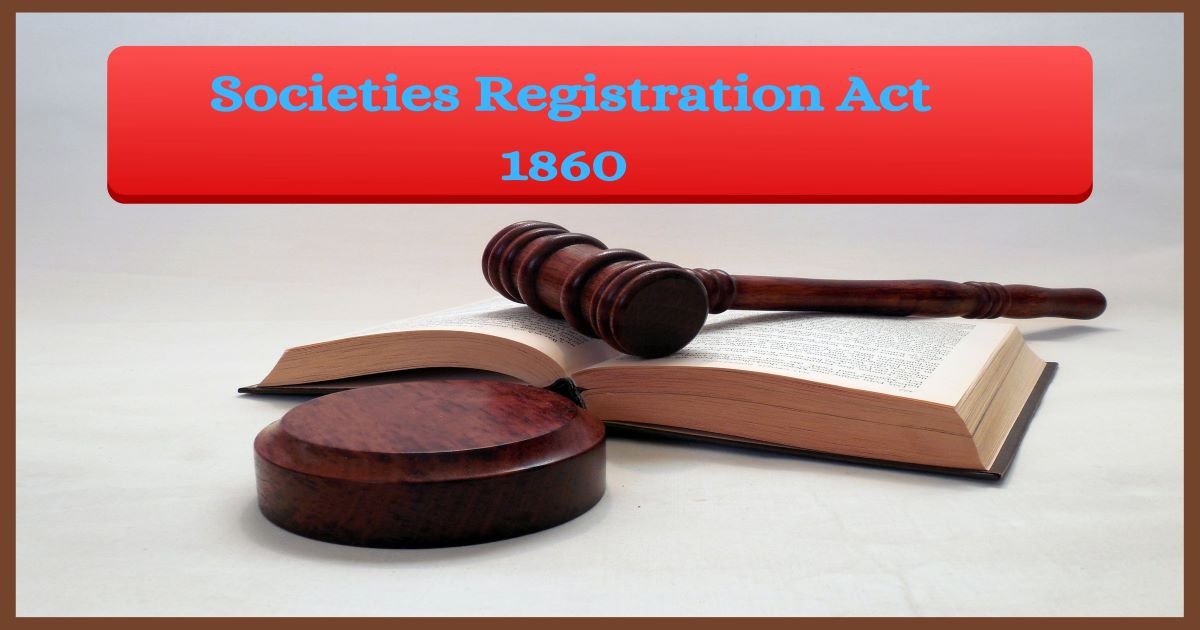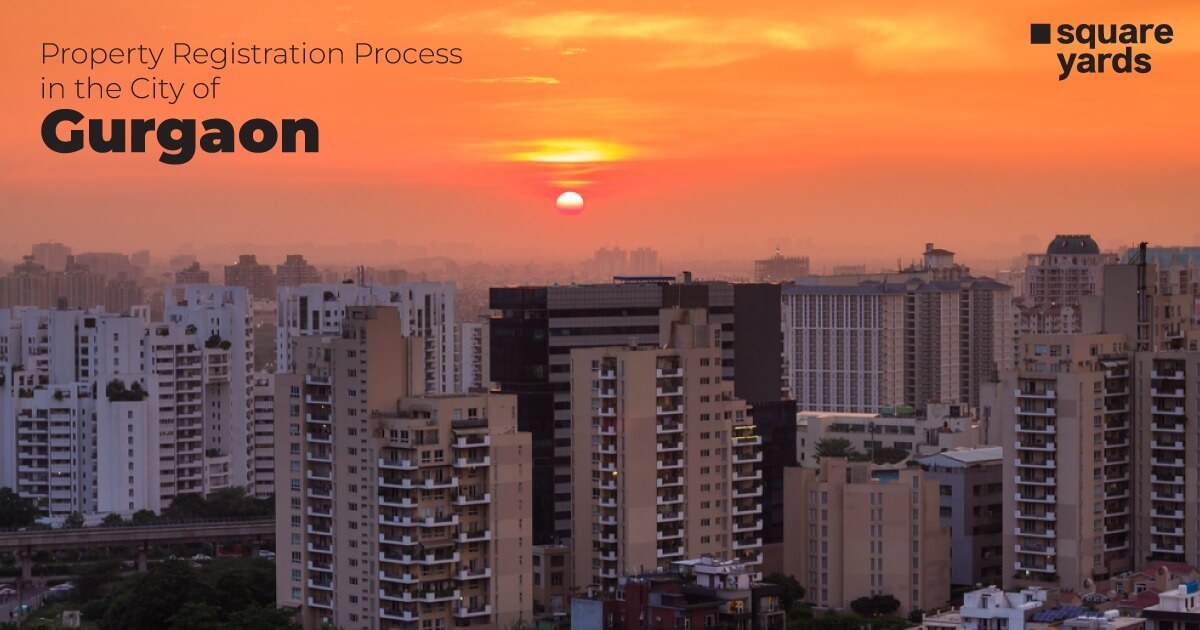Smart City has become a flavor of the season with a promise to offer an improved quality of life, a better greener image and a pathway towards a more sustainable planet.
Smart City Mission is the bold initiative by the Government of India to drive economic growth and improve the quality of life of people by enabling local development and harnessing technology as a means to create smart outcomes for citizens.
What Is a Smart City?
Its the combination of urban innovation, human networks and the environment. The smart city concept recognizes the value of collaboration across various groups, such as academia, business, city government and citizen groups people coming together to find the most efficient solutions for the city of the future.
At its most basic level, a city is a collection of networks: networks of people, technologies, and infrastructure. When these networks work together well, they enable reduced energy consumption, optimal use of space and improved quality of life. Not only should cities function better at every level, they should achieve smart, sustainable economic growth while minimizing their impact on the environment.
The future is Smart
A smart city has integration of various concepts, like urban planning, energy conservation, mobility and human management. Use of information technology and communication is very important here. This, combined with sustainable urban development leading to greater efficiency in health care, uninterrupted supply of clean water and power, smart buildings, waste disposal and recycling, smooth and convenient mobility system are the cornerstones.
It is expected that such cities will generate employment options for people to pursue their livelihood and interests meaningfully. The ease of being able to do business and quality of life it offers determines its competitiveness. The quality of life is much better as a smart city offers better safety and security, inclusiveness, entertainment, ease of seeking and obtaining public services, cost efficient health care, quality education, and opportunities for participation in governance.
Raising Urban IQ
In practice, there are many initiatives that lead to smarter cities. They can involve construction, building management, urban planning, revitalization, mass transportation and city administration, and thats just the tip of the iceberg. Renewable energies from wind, solar and thermal sources play a major role, because, among other things, public health depends on a healthy environment. Renewable energies support reduced fuel consumption and cleaner air, but cities will also have to learn to use energy more efficiently to really go green.
Smart technology can also improve city living at the personal level. E-governance programs offer a direct link between citizens and public administrators. Smartphone apps may address public health, help people improve their energy efficiency or even just find the nearest parking space or ride sharing opportunities.
Moving Ahead
Smart mobility will offer cities efficient, eco-friendly and comfortable transportation options. Cyclists and pedestrians in the smart cities of tomorrow might enjoy elevated skywalks or underground subways that eliminate waiting at crosswalks. Urban railway stations can serve larger areas by installing fast-moving walkways that utilize overlapping panels to allow for a safe, slow start and finish, yet quicker speeds in transit. Longer distances can be traversed on raised roadways for driverless vehicles.
With public transport reaching new levels of efficiency, many of todays car drivers might decide to give up their vehicles altogether. Indeed, future public systems may work so well that cities could opt for car-free city centers. The reduction in energy consumption and emissions that comes as a bonus protects the environment and makes the city an even better place to live.
The Sustainability Factor
The quality of urban life will also depend on having the right advocates for the environment. Ideas may flow in from so-called think tanks or academic research centers. The MIT Media Lab, for example, has come up with an electric, stackable city vehicle for car sharing in urban settings. Sustainability degree programs and multi-field research teams can now also be found in universities around the world.
Further support is coming from standards and voluntary certification programs, which are bolstering the image and visibility of sustainable design. Furthermore, the Leadership in Energy & Environmental Design (LEED) Certificate is a green building certification program that recognizes buildings for efficient energy consumption, water usage, recycling practices and air quality. Businesses and communities worldwide are cooperating to find solutions that can be integrated flexibly, sustainably and aesthetically into urban structures to provide a better quality of life.
Last but not the least, we have to educate our own community as to how to live in a smart city. The utilization index depends on the character of the inhabitants and their ability to use the facility in correct manner.
Image Source: http://www.patnaonweb.com/


